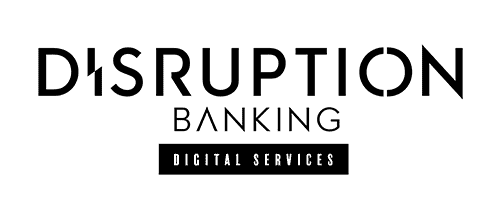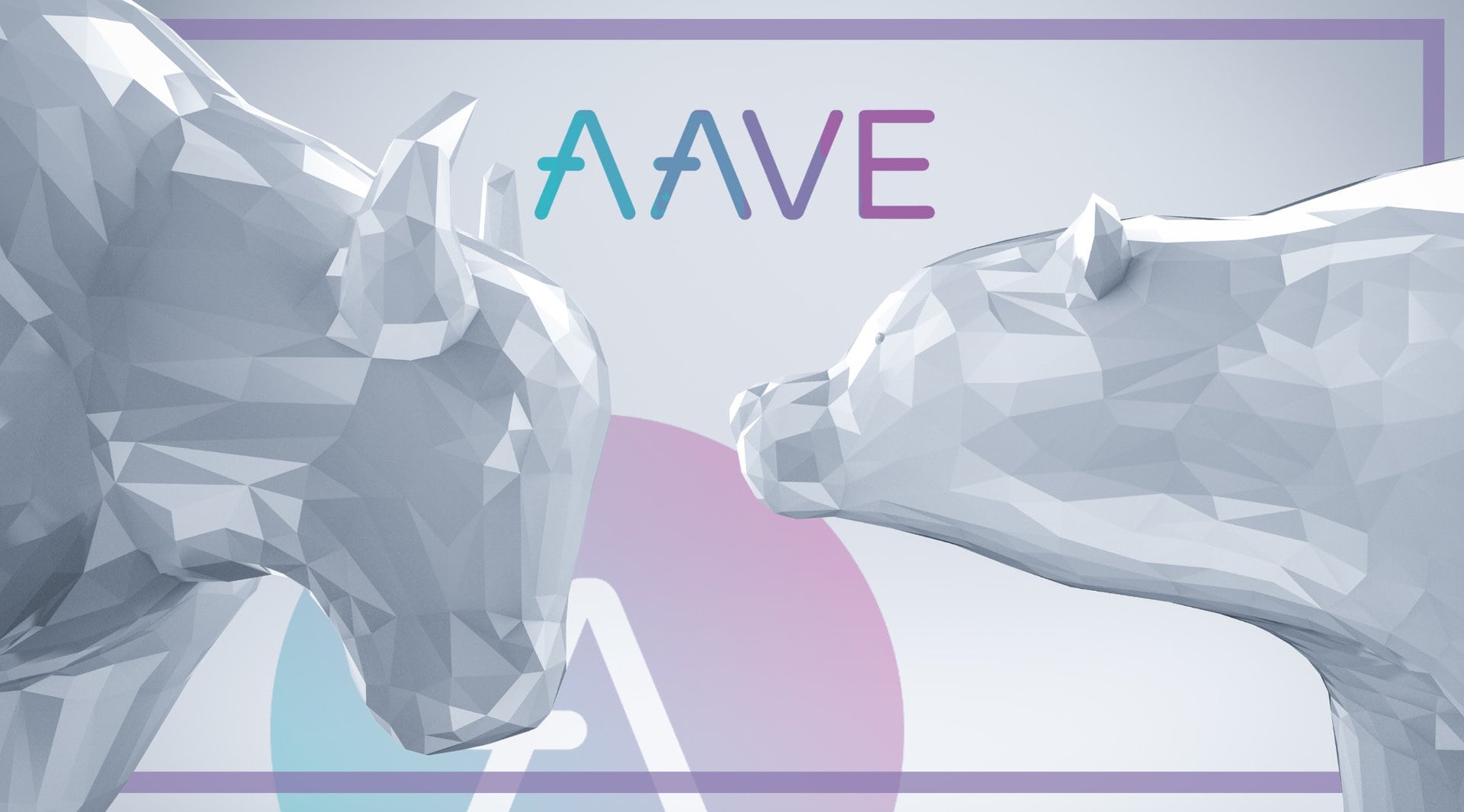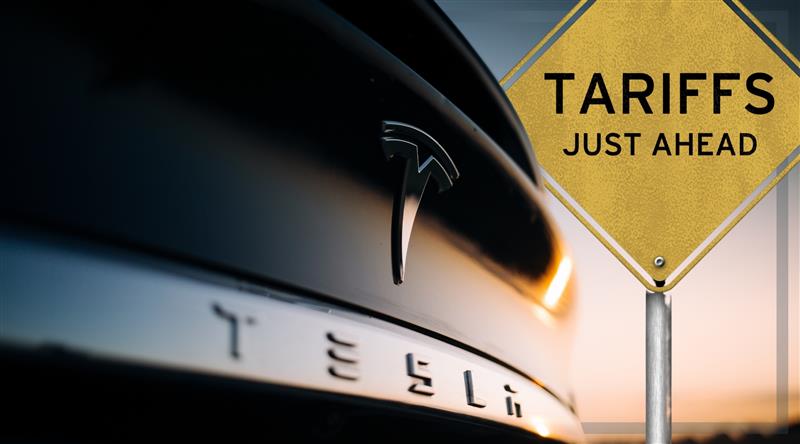It’s one of the most important players in the decentralized finance (DeFi) ecosystem. Aave has been with us for over five years now. Aace is a decentralized non-custodial liquidity protocol where users can participate as suppliers or borrowers. Staking. Swapping. Aave and its AAVE token are integral to the DeFi ecosystem. Today we help highlight AAVE to our readers. How strong will AAVE be in 2025?
The digital assets space has been going through somewhat of a renaissance recently. Bitcoin, dogecoin, even the official Trumpcoin, have all been grabbing attention. This is great for crypto in general, but here at DisruptionBanking we prefer to focus on utility tokens. Or in the case of Aave, governance tokens. And if it comes to a governance token that represents the DeFi ecosystem, there isn’t a stronger player than AAVE today.
Aave turns 5 today 👻
— Aave (@aave) January 8, 2025
2.3M+ users, 11 chains, 13 markets, and over $34B in TVL.
Aave is leading the DeFi Renaissance, committed to its mission of bringing global finance onchain. pic.twitter.com/bpNG1uuPUR
Many consider MakerDAO—now Sky—to have played a foundational role in shaping today’s DeFi ecosystem. In 2017 Andy Milenius, then of MakerDAO, revealed what we know as the Dai Stablecoin. This is what many market participants consider to be DeFi’s inception.
Not long before Milenius’ famous speech in Cancun, Stani Kulechov created ETHLend. ETHLend later evolved into Aave, with Aave Labs leading its development.
Is AAVE a Governance Token?
There are several ‘governance tokens’ our readers may be familiar with. Last year we shared a story about the Wormhole $W token, a governance token. AAVE is also a governance token. Being a governance token is important to institutional investors. It is not quite the same as a utility token. They both share characteristics. But with a governance token, holders must vote. Whereas with utility tokens, this is just another option but not essential.
In May 2023 the Bank for International Settlements published insights regarding DeFi regulation. In the document the authors explained how “the increase in the use of stablecoins as collateral or bridge between DeFi and traditional finance is a potential channel of risk transmission to the traditional financial markets.” They specifically pointed to leverage-driven procyclicality in DeFi lending services. Something that Aave is also involved with.
In July 2024 several leading representatives from the Bank for International Settlements published “Why DeFi lending? Evidence from Aave V2.” The document may not reflect the views of central bankers, as their disclaimer states. However, it gives an insight into how central bankers view protocols like Aave and the wider DeFi ecosystem. The authors summarize that “large-scale investors (in DeFi protocols) engage relatively more than retail investors in DeFi borrowing for governance motives, such as influencing protocol decisions and accruing more significant governance rights.”
This would preclude that the AAVE token is attractive to large and institutional investors. To highlight this point, in October 2024 Grayscale launched the Grayscale Aave Trust, a fund offering investors exposure to the AAVE. “Shares of the Trust are designed to track the AAVE market price.” Large investors now have a major opportunity to gain exposure to AAVE—similar to how buying MicroStrategy shares provides indirect exposure to bitcoin.
Grayscale Aave Trust gives investors exposure to $AAVE, a digital currency for the @aave platform, which aims to enable decentralized borrowing and lending through smart contracts without intermediaries.
— Grayscale (@Grayscale) October 11, 2024
Learn more, see important disclosures or reach out: https://t.co/rDNWEly7rA pic.twitter.com/VVCGMXun74
What is the GHO Token?
A more native stablecoin? That is what Kulechov believes that the GHO token is. It is a stablecoin. It has plenty of competition with the likes of Dai, Tether, USDC, USDe or USDS (the new Sky Dollar). According to DefiLlama GHO is in the Top 20 stablecoins by market cap. $180 million at time of writing.
The GHO token was first launched in July 2023. It is backed by assets supported on Aave. It is pegged to $1. The income generated by GHO comes from interest charged to borrowers of the currency on the Aave protocol. It means more funds to hire risk managers and security experts to support AAVE. It could also mean a rise in the value of the AAVE token by default. This is because 100% of repaid interest from borrowers will be redirected to the AaveDAO, contributing to the DAO treasury. The more popular the GHO token becomes, the more value it will bring to the AAVE token presumably. All this while addressing the concerns of central banks.
Staking with AAVE
On Coinbase staking has become popular with retail investors. Today the AAVE token is estimated to return approximately 4.63% APR. Slightly lower than the 4.82% offered if you go direct to Aave. GHO Tokens have other ways they can be used to generate income. AAVE can be used as collateral to borrow GHO with which to get higher rewards leveraging other stablecoins. This can be a very lucrative process if you know what you are doing.
It’s this and projects like this that have added to the reputation and respect that Aave has accrued over the years. As a decentralized money market protocol, Aave enables users to borrow and lend their on-chain digital assets. Bankers remain at odds with the lack of credit scoring, KYC or a personal touch that comes with Aave. However, as the largest asset managers warm to the space. And the central bankers keep discussing the space. There is a lot of hope that Aave and its’ token AAVE could play a dominant role in the future of both Digital Assets and DeFi.
GHO and AAVE interdependence
There are some interesting tokenomics to be considered before discussing AAVE’s growth trajectory. Chief amongst these is how many GHO tokens are in circulation today, and when this circulation will increase. Then there is the circulation of AAVE tokens to consider too.
GHO tokens should always be pegged to $1 U.S. dollar. It wasn’t always like this. In 2023 the token struggled to hold its dollar peg. It has only really been in 2024 that GHO has been able to perform as it should. This is normal for a new stablecoin and shouldn’t be taken out of context.
Technically, the amount of GHO tokens that will be in circulation is unlimited. However, to hold the dollar peg the supply of tokens need to be managed appropriately. Issuing too many tokens too quickly could make it harder to hold the dollar peg, let alone provide incentives to potential borrowers. The target is $1 billion GHO tokens to be issued. There is still significant room for demand growth before that target is met.
When it comes to Aave there is a lot to tell. It isn’t news to say that Stani Kulechov is very keen on the Move programming language used by Aptos and others. This ‘move’ towards the Move programming language could bring further benefits and security to what Aave is doing. Today there are 15.1 million AAVE tokens in circulation. This is out of a possible 16 million that can be issued. It is already a very mature token.
Another interesting consideration is how Aave Labs, the company behind GHO and AAVE, is integrating into the BlackRock BUIDL infrastructure. This is to ensure the stability of GHO in scenarios of increasing or decreasing demand. It is also a sophisticated use case showing how stablecoins are growing in popularity. And in the way that traditional finance and DeFi are starting to collaborate.
Can AAVE Grow in 2025?
If you look at the last few days, you might be feeling a bit pessimistic about AAVE’s value growing in 2025. In fact, in December AAVE tokens were trading at over $375 briefly. This raised hopes in the market that the token would have a great 2025. Nevertheless, a month into 2025 and AAVE’s value has collapsed back down to $240 at time of publishing.
Some market participants still think $380 might be a realistic price target for AAVE in 2025. Traders are seen to be bullish, even as the value of AAVE tumbled this last week. At the same time some analysts on Binance’s platform predict a more conservative target of $265 for 2025.
The last time $AAVE broke the TD Sequential resistance trendline (black dots) on the monthly chart was in June 2020, leading to a 6,400% rally to the 1.618 Fib level. #AAVE is testing this level again; if it breaks through, a similar move could push it to $3,500! pic.twitter.com/okN2nFyTtK
— Ali (@ali_charts) January 31, 2025
AAVE is a mature token. It is a stalwart of the DeFi space. Stani is an OG in the crypto space too. However, AAVE’s performance has lagged behind some other DeFi tokens. Institutions are interested in the token; Grayscale has even put its’ money where its’ mouth is. Other than analyzing how Aave performs as a money market though, central bankers have been relatively quiet about the leading DeFi protocol of late.
Importantly, over $1 billion has been wiped off the market cap of AAVE in the last few weeks. Today AAVE’s market cap is just over $3 billion. Some of this is due to whale activity. It is not due to institutional investors. Which means we must rely primarily on retail investor sentiment in 2025. And, according to TradingView right now, these investors are being advised to sell. Not to buy.
Demand in Aave ETPs in Europe, and Aave ETFs in the U.S. may help the token recover in 2025. But either way we wouldn’t expect anything near the returns that one could expect from Hedera or Solana.
DeFi and therefore Aave still has a lot of development ahead of it. And thus the AAVE token is also facing uncertainty in the future whilst regulators first address stablecoins and then may come onto the topic of the wider DeFi ecosystem.
Author: Andy Samu
#AAVE #DeFi #MakerDAO #StableCoin #Staking #CentralBanks #GHO #GovernanceToken #UtilityToken
Disclaimer:
The editorial team at #DisruptionBanking has taken all precautions to ensure that no persons or organizations have been adversely affected or offered any sort of financial advice in this article. This article is most definitely not financial advice.
See Also:
Investing in the Future of DeFi with Kommune DAO | Disruption Banking
Is Aave About To Start A Bull Run? | Disruption Banking
How Strong Will Aptos Be in 2025? | Disruption Banking
How Strong Will SUI Be in 2025? | Disruption Banking
Is Wormhole ($W) About To Start A Bull Run? | Disruption Banking















